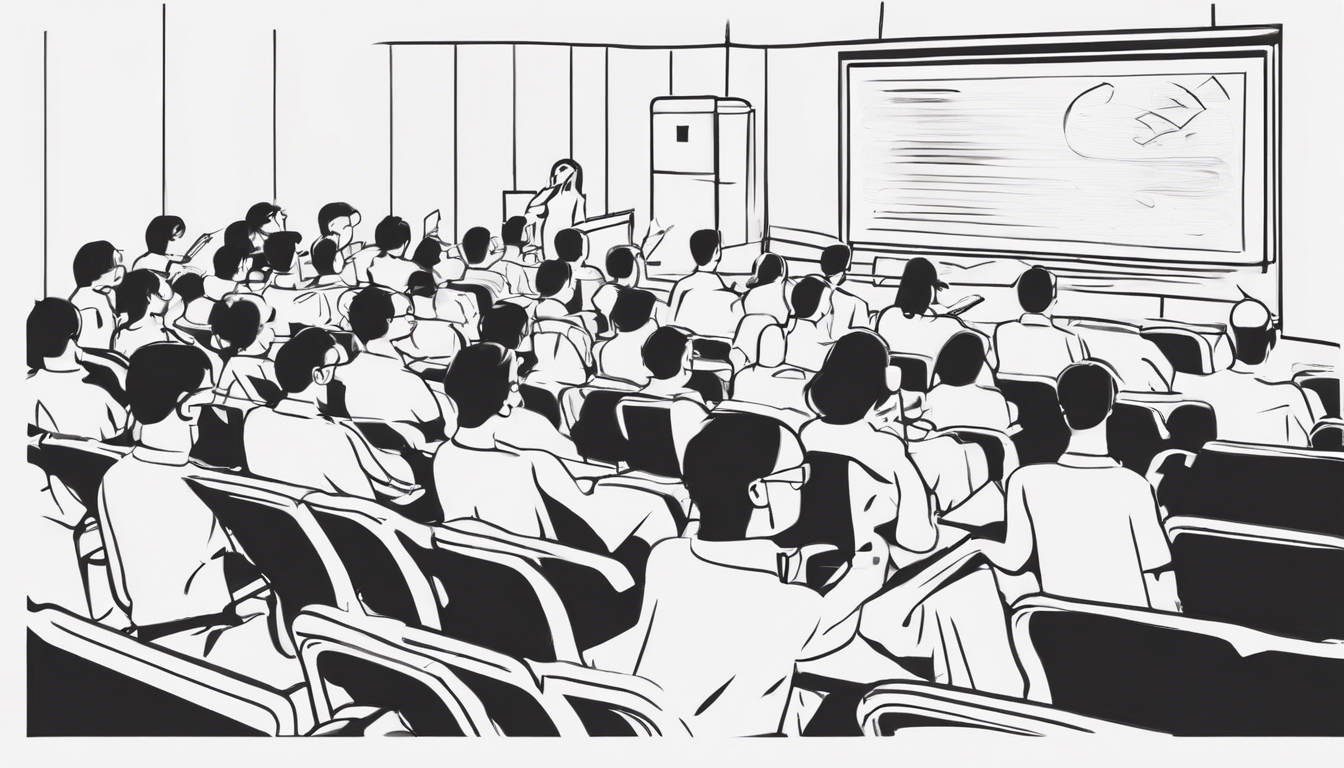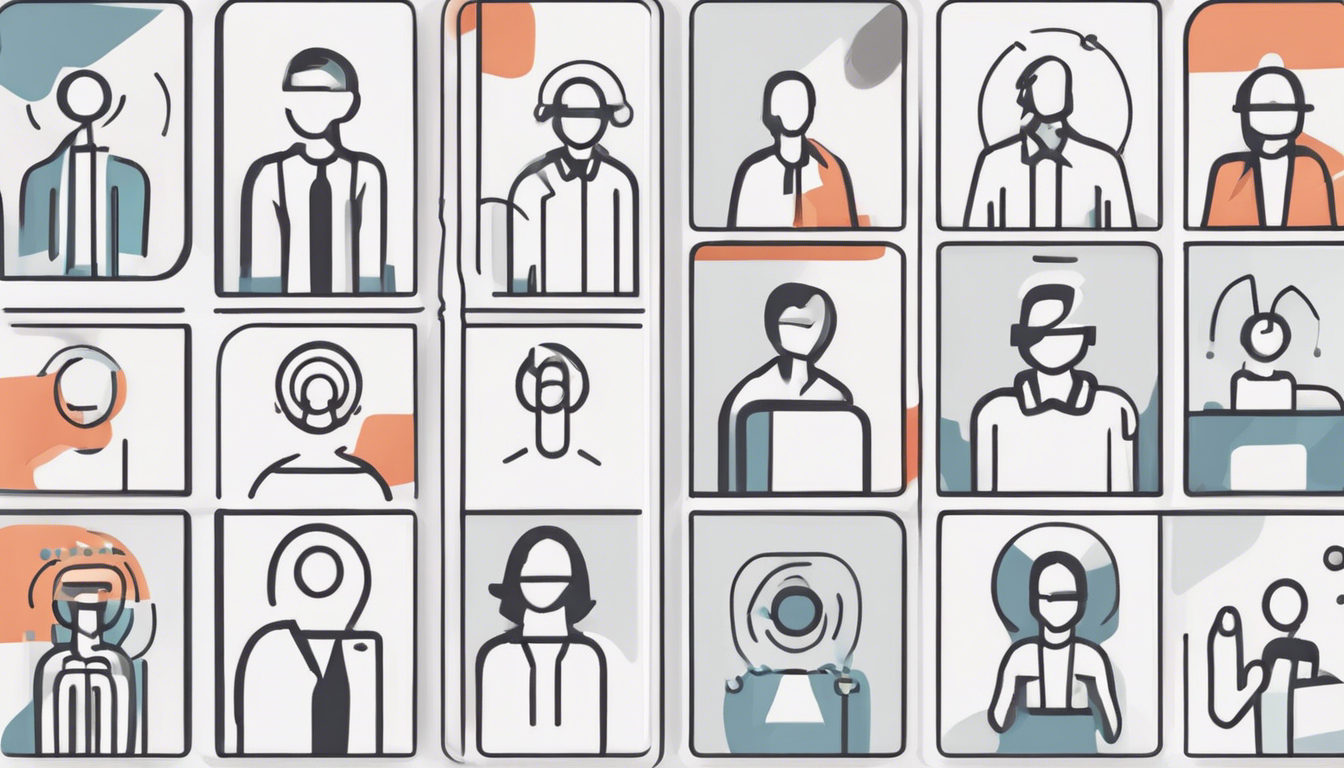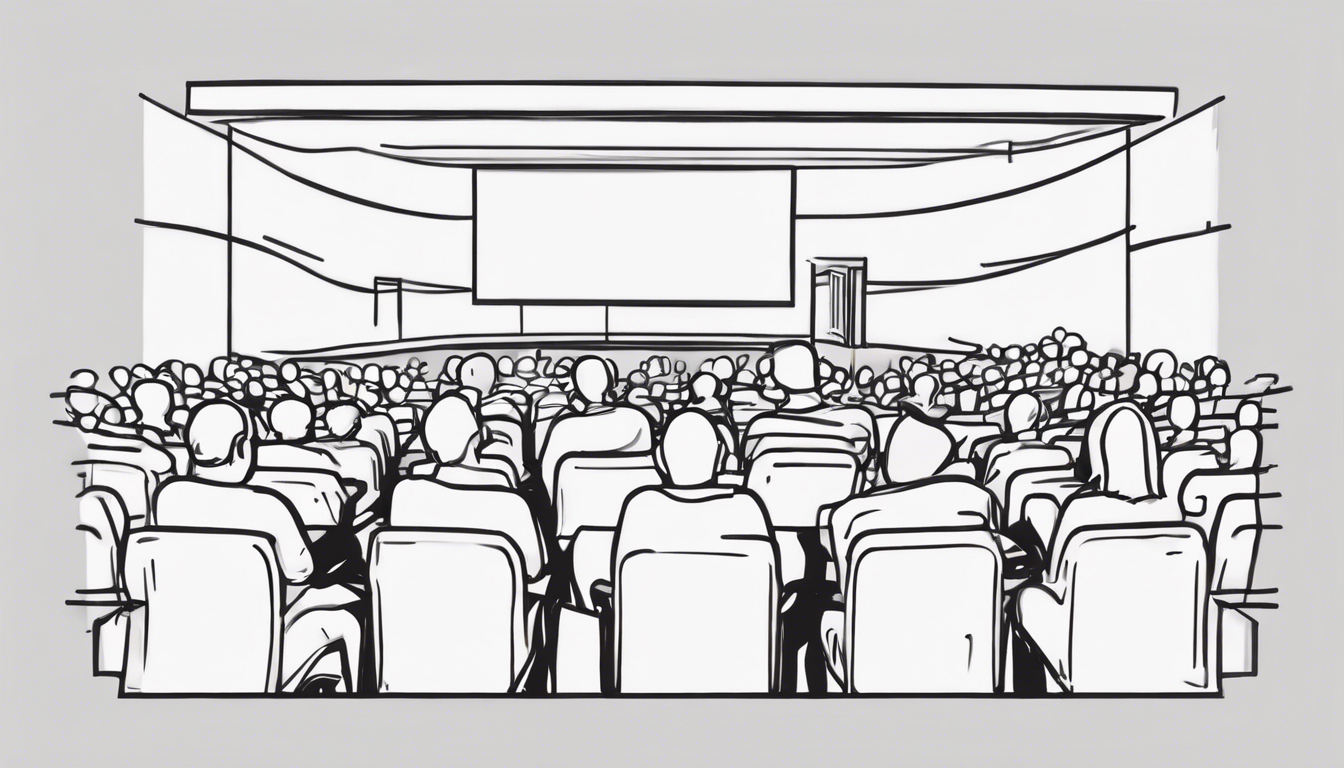Introduction to Reading Audience Signals

Welcome, fellow signal sleuths! Today, we embark on a thrilling journey into the mysterious world of audience signals. But first, let’s set the stage. Audience signals are like secret codes that people send out, revealing their thoughts, feelings, and intentions. These signals can be verbal, non-verbal, or even digital in nature. Understanding these cues is like having a superpower that lets you connect with others on a deeper level.
Why are audience signals so important, you ask? Well, imagine trying to navigate a conversation without knowing if the other person is interested, bored, or confused. It would be like trying to solve a puzzle blindfolded! By deciphering audience signals, we can tailor our communication to be more effective, engaging, and empathetic. It’s like having a secret decoder ring that unlocks better connections with those around us.
Our thesis is simple yet powerful: mastering the art of reading audience signals is key to becoming a communication ninja. By honing this skill, we can decode the hidden messages people send our way, leading to more meaningful interactions, stronger relationships, and even a few laughs along the way. So, buckle up, dear readers, as we dive deep into the world of audience signal espionage!
Types of Audience Signals

Let’s start our signal safari by exploring the different types of audience signals out in the wild. First up, we have verbal signals. These are the words people use, the tone of their voice, and even the speed at which they speak. Verbal signals can convey emotions, attitudes, and levels of engagement, giving us valuable insights into the minds of our conversation partners.
Next on our list are non-verbal signals. Think of these as the silent whispers of communication. Body language, facial expressions, and even eye contact fall under this category. Non-verbal signals often speak louder than words, revealing truths that words alone cannot express. Mastering the art of decoding non-verbal cues can unlock a whole new level of understanding in our interactions.
Last but not least, we have digital signals. In today’s interconnected world, much of our communication happens online. Social media cues, emojis, and even online behavior patterns provide a treasure trove of audience signals waiting to be deciphered. By understanding digital signals, we can navigate the digital landscape with finesse and connect with others across virtual realms.
Interpreting Verbal Signals

Ah, the sweet symphony of words! When it comes to verbal signals, language and tone play a crucial role in decoding the messages hidden within conversations. The choice of words, the pitch of one’s voice, and even the pauses between sentences can reveal a wealth of information about a person’s mood, intentions, and underlying emotions.
Direct versus indirect communication is another key aspect to consider when interpreting verbal signals. Some people say what they mean, while others may dance around a topic. Understanding the nuances of directness and indirectness can help us navigate conversations more effectively and avoid misunderstandings that may arise from misinterpreting someone’s communication style.
And let’s not forget the spice of communication – humor and sarcasm! The use of humor or sarcasm in conversations can add layers of meaning to verbal signals. However, deciphering these nuances requires a keen ear and a good sense of timing. By tuning in to the humor or sarcasm embedded in verbal cues, we can deepen our understanding of others and foster more engaging dialogues.
Decoding Non-verbal Signals

Now, let’s turn our attention to the silent language of non-verbal signals. Body language and gestures are like a silent dance that accompanies our words. The way someone stands, gestures with their hands, or shifts their weight can speak volumes about their emotions, confidence, and level of comfort in a given situation.
Facial expressions are windows to the soul, they say. And indeed, facial cues can reveal a treasure trove of information about a person’s inner world. From a subtle eyebrow raise to a full-blown smile, facial expressions offer valuable insights into a person’s feelings, reactions, and overall emotional state.
Posture and eye contact round out the trio of non-verbal signals. The way someone carries themselves and the level of eye contact they maintain can convey confidence, interest, or even discomfort. By paying attention to these subtle cues, we can better understand the unspoken messages that accompany our verbal exchanges and adjust our communication style accordingly.
Understanding Digital Signals

In the age of emojis and social media, digital signals have become a prominent feature of modern communication. Social media cues, such as likes, shares, and comments, provide valuable insights into how others perceive and engage with our online content. Understanding these cues can help us tailor our digital presence to better resonate with our audience.
Emojis and emoticons, those tiny digital expressions, add a splash of emotion to our text-based conversations. Whether it’s a laughing face, a heart emoji, or a thumbs-up, these digital symbols can convey feelings and reactions that words alone may struggle to express. By decoding emojis, we can bridge the emotional gap in our digital interactions.
Online behavior patterns, such as posting frequency, response times, and content preferences, offer valuable clues about a person’s digital persona. By analyzing these patterns, we can gain a deeper understanding of someone’s online habits, interests, and communication style. Digital signals open a window into the virtual world, allowing us to connect with others in meaningful ways.
Challenges in Reading Audience Signals

Ah, the plot thickens! While decoding audience signals can be a thrilling adventure, it’s not without its challenges. Cultural differences pose a significant hurdle, as what may be considered polite or rude in one culture could be interpreted differently in another. Navigating these cultural nuances requires a delicate balance of sensitivity and open-mindedness.
Generational variances add another layer of complexity to reading audience signals. Different age groups may have distinct communication styles, preferences, and interpretations of signals. Bridging the generation gap requires a willingness to learn from one another and adapt our communication strategies to resonate with individuals from diverse age groups.
Contextual misinterpretations can also trip up even the most seasoned signal readers. The meaning of a signal can vary depending on the context in which it is delivered. A joke among friends may not land the same way in a professional setting. Being mindful of the context in which audience signals are shared can help us avoid misunderstandings and communicate more effectively.
Improving Audience Signal Comprehension

Ready to level up your signal-reading skills? Active listening is your secret weapon. By truly listening to what others say, how they say it, and what remains unsaid, you can pick up on subtle cues that reveal a person’s true thoughts and feelings. Active listening is like tuning your signal receiver to high-definition, capturing every nuance of communication.
Empathy and perspective-taking go hand in hand with reading audience signals. Putting yourself in someone else’s shoes, understanding their emotions, and seeing the world from their perspective can deepen your connection with them. Empathy is the bridge that allows us to cross over into the hearts and minds of others, fostering genuine understanding and rapport.
Feedback and clarification are essential tools for fine-tuning your signal-reading prowess. When in doubt, don’t hesitate to seek feedback or ask for clarification. Clarifying ambiguous signals and seeking feedback on your own communication can help bridge gaps in understanding and ensure that your interactions are clear, respectful, and mutually beneficial.
Applications of Audience Signal Analysis

Time to put your signal-reading skills to work! Effective communication strategies are a direct result of understanding audience signals. By tailoring your message to resonate with your audience’s preferences, emotions, and communication style, you can craft messages that truly connect and engage. Communication becomes a dance of signals, with each move choreographed for maximum impact.
Enhanced marketing and advertising are another realm where audience signal analysis shines. By decoding consumer behaviors, preferences, and responses to marketing campaigns, businesses can create targeted, impactful strategies that resonate with their target audience. Understanding audience signals is the key to unlocking the hearts and wallets of consumers.
Building stronger relationships is the ultimate goal of audience signal analysis. By reading and responding to the signals others send our way, we can foster trust, empathy, and understanding in our relationships. Whether in personal or professional settings, mastering the art of audience signal analysis can pave the way for deeper connections and more meaningful interactions.
Ethical Considerations in Audience Signal Interpretation

As we delve into the realm of audience signal interpretation, ethical considerations come to the forefront. Respecting privacy boundaries is paramount when reading audience signals. While signals may offer insights into a person’s thoughts and feelings, it’s essential to respect their right to privacy and not intrude into areas they wish to keep confidential.
Avoiding manipulative practices is another ethical imperative in audience signal interpretation. Using audience signals to manipulate or deceive others goes against the principles of ethical communication. Honesty, transparency, and respect for others’ autonomy should guide our interpretation of signals, ensuring that our interactions are based on mutual trust and understanding.
Ensuring consent and transparency is key to ethical audience signal interpretation. Before drawing conclusions or taking action based on audience signals, it’s crucial to seek consent and communicate openly with the individuals involved. Transparency fosters trust and allows for a more ethical exchange of signals, leading to genuine connections built on mutual respect and understanding.
Conclusion
In conclusion, our journey into the realm of reading audience signals has been nothing short of enlightening. We’ve uncovered the hidden meanings behind verbal, non-verbal, and digital cues, delved into the challenges of decoding signals, and explored the ethical considerations that guide our interpretation. The art of reading audience signals is a powerful tool that can transform our interactions and relationships.
As we reflect on the importance of understanding audience signals, one thing becomes clear – communication is not just about words; it’s about connection. By mastering the art of reading audience signals, we can bridge gaps in understanding, foster empathy, and build stronger, more authentic relationships with those around us. So, dear readers, let’s continue honing our signal-reading skills and unlocking the secrets of human connection!
As we wrap up our exploration, I leave you with a call to action. Whether you’re a seasoned signal sleuth or just starting your journey, continue to practice and refine your signal-reading skills. Observe, listen, and engage with others mindfully, always seeking to deepen your understanding of the signals they send. Together, let’s decode the language of human connection and create a world where understanding reigns supreme!





